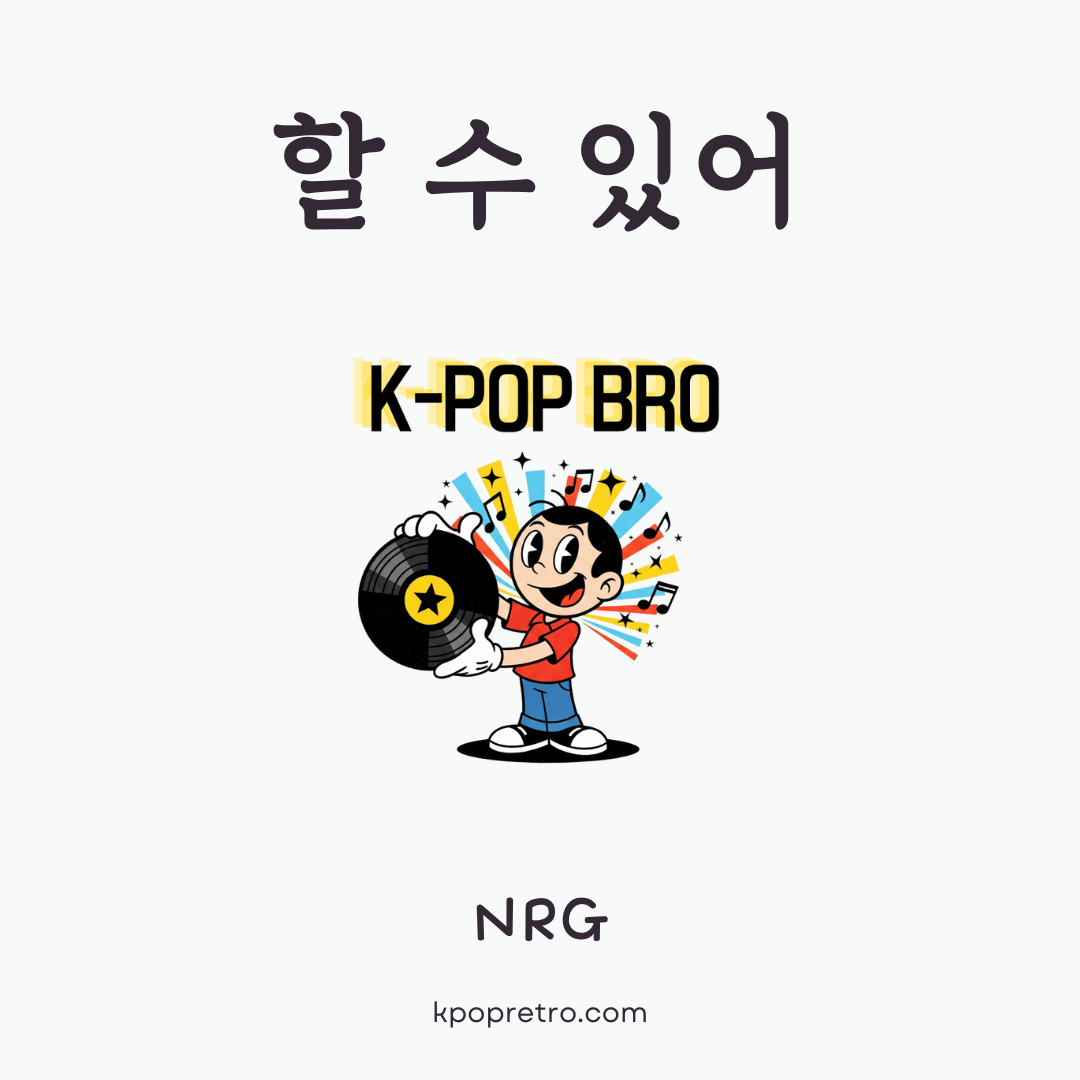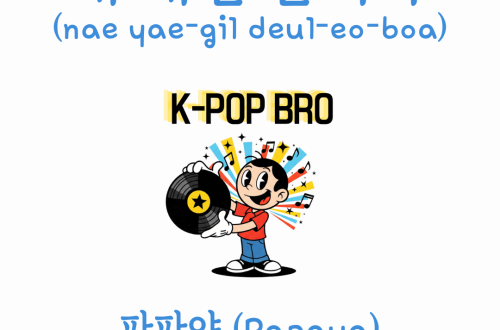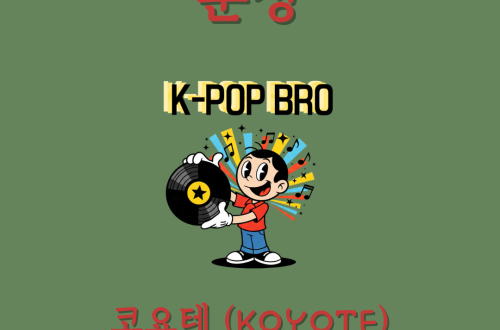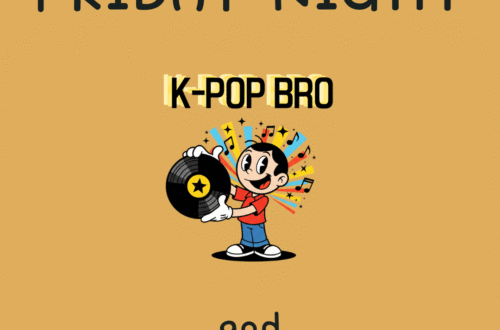The Power of NRG’s ‘할 수 있어’
Do you ever wonder what K-Pop felt like before the digital age? The late 1990s were an era defined by raw, unfiltered performance, and NRG’s ‘할 수 있어 (I Can Do It)’ was a perfect example. Debuting in 1997, this track set a new benchmark for high-energy choreography and stage presence, becoming a foundational classic of the First Generation of K-Pop.
Many new K-Pop fans today may find the fashion or sound dated, but the sheer power of the performance is undeniable. It’s hard to truly appreciate the intensity of this era without understanding the impact this song had.
I remember watching their debut and being stunned by the level of difficulty. It was clear that NRG—short for New Radiancy Group—was here to redefine boundaries. We’ll explore the meaning behind their unstoppable energy, the complexity of their performance style, and why this song is an essential piece of global K-Pop history.
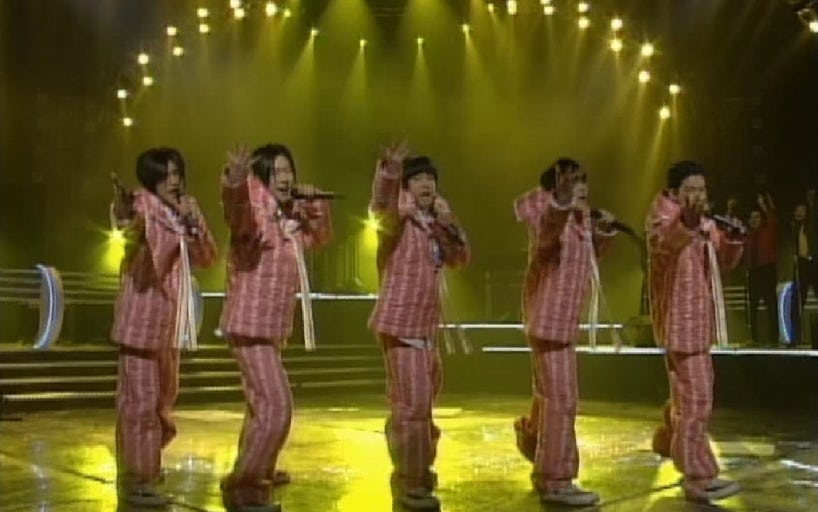
Core Concept: Defining the ‘New Radiancy Group’
‘할 수 있어’ is defined by its unrelenting pace and confident, youthful swagger. It’s a true First Generation dance track, heavily influenced by synthesized techno and pop sounds popular in the late 90s.
The core concept revolved entirely around maximum spectacle and unfiltered energy. The group name itself served as their mission statement, demanding they deliver a powerful stage presence at all times.
- The Sound: The track features a signature fast-tempo beat with synthesized textures and catchy, high-pitched vocal lines that make it incredibly infectious and memorable.
- The Message: The title, ‘할 수 있어’ (which literally means “I Can Do It”), is a simple, universally motivational slogan. It spoke directly to the youth of the time, inspiring confidence and optimism.
- The Performance Focus: Unlike some peers who leaned into softer R&B, NRG focused on technical skill and stamina. Their performance was a marathon, emphasizing speed and difficult stunts.
This approach was a crucial counterpoint in the evolving K-Pop market, proving that raw physical performance was just as viable as polished production. Next, we will break down the difficult elements of their stage blueprint.
The High-Octane Performance Blueprint of ‘할 수 있어’
The choreography for NRG’s ‘할 수 있어’ was a game-changer because of its speed and technical demands. It pushed the physical limits of what idol groups were expected to perform live.
Here are the five elements that defined their powerful stage persona:
- Blazing Tempo: The sheer speed of the music required choreography that was both fast and sustained, testing the stamina of every member from start to finish.
- Intense Synchronization: Despite the velocity, the members maintained incredible precision. This required endless practice, making their tight synchronization a massive selling point.
- Acrobatics and Stunts: NRG was known for incorporating advanced moves like flips, complex lifts, and daring formations that were highly complex for a debut group.
- The “I Can Do It” Pose: In the chorus, they utilized a simple, confident gesture—often an upward fist pump—that served as an easy, empowering point of connection with the audience.
- Vocal Delivery: Their high-energy, almost shouting vocal style perfectly matched the chaotic, thrilling intensity of the backing track.
The sheer physical effort was mesmerizing. But what else made this song connect on such an emotional level? The music video and the simple, defiant lyrics tell the rest of the story.
Key Moments: The Music Video and Lyrics
The music video visually captured the rebellious, vibrant aesthetic of the late 90s, while the lyrics delivered an emotional shot of adrenaline to the listeners.
| 할 수 없어 널 사랑한다는 말 또 널 그리워한단 말 네 주위에서 난 항상 맴돌고 있어 네 앞에선 땅만 쳐다보고 있어 고개도 들 수 없어 단 한 번의 내 첫사랑을 위해서 오 내 맘을 전해줘 누구라도 내가 여기 서 있겠다 해줘 빠라빠라 너를 누구보다 아껴줄 내가 여기 있어 빠라빠라 네가 나를 어 사랑할 때까지 그때까지 널 기다릴 수 있을 때까지 너무나 힘들어 쓰러질 때까지 널 원할 때까지 어 그때까지 받아줘 네 안에 있게 해줘 울리지 말아줘 나는 그저 너의 곁에서만 함께 있게 해줘 언제쯤 내 맘을 넌 알아줄까나 언제쯤 나를 애타게 안 할까 우리는 우연일까 아니 필연일 거야 나를 사랑한다 해 할 수 없어 널 사랑한다는 말 또 널 그리워한단 말 네 주위에서 난 항상 맴돌고 있어 네 앞에서 땅만 쳐다보고 있어 고개도 들 수 없어 단 한 번의 내 첫사랑을 위해서 이렇게 평생을 너와 보낼 수 있으면 좋겠어 슬픔은 나눌 수 있고 기쁨은 배로 함께 할 수 있잖아 언제쯤 내 맘을 넌 알아줄까나 언제쯤 나를 애타게 안 할까 우리는 우연일까 아니 필연일 거야 나를 사랑한다 해 할 수 없어 널 사랑한다는 말 또 널 그리워한단 말 네 주위에서 난 항상 맴돌고 있어 네 앞에서 땅만 쳐다보고 있어 고개도 들 수 없어 단 한 번의 내 첫사랑을 위해서 어떻게 해 나를 도와줄 사람도 그녀에게 전해줄 날 도와줘 끝나지 않게 해줘 내 마음을 그녀에게 전해 단 한 번의 내 첫사랑을 위해서 | I can’t say the words “I love you,” Nor the words “I miss you.” I’m always hovering around you, Standing in front of you, only staring at the ground. I can’t even lift my head, For the sake of my one and only first love. Oh, let someone deliver my heart! Tell her that I will stand right here, (pa-ra-ppa-ra) I’m here, I’m the one who will cherish you more than anyone else, (pa-ra-ppa-ra) Until you love me, oh, Until then, until I can wait for you, Until I collapse because it’s too hard, Until I desire you. Oh, until then, please accept me, let me be within you, Please don’t make me cry. Just let me Be with you only by your side. When will you know my heart? When will you stop making me yearn so much? Are we a coincidence, or is it fate? Tell me you love me. I can’t say The words “I love you,” Nor the words “I miss you.” I’m always hovering around you, Standing in front of you, only staring at the ground. I can’t even lift my head, For the sake of my one and only first love. I wish I could spend my entire life With you like this. We could share our sadness, And share our joy, doubled, couldn’t we? When will you know my heart? When will you stop making me yearn so much? Are we a coincidence, or is it fate? Tell me you love me. I can’t say the words “I love you,” Nor the words “I miss you.” I’m always hovering around you, Standing in front of you, only staring at the ground. I can’t even lift my head, For the sake of my one and only first love. What should I do? Is there anyone who can help me? Someone who can tell her, Help me, don’t let it end. Convey my heart to her, For the sake of my one and only first love. |
Checklists: Key Factors for ‘할 수 있어’ Success
The enduring status of ‘할 수 있어’ as a classic is based on a successful formula that still applies to K-Pop today.
- High-Octane Choreography: The complexity and speed of the dance set them apart from the competition immediately.
- Clear, Motivational Slogan: The title itself is an immediately understandable and inspiring statement.
- Distinct Aesthetic: Their bright colors and slightly rebellious 90s streetwear defined their unique style.
- Group Chemistry: The five members showed the kind of unified energy required to pull off such demanding choreography.
- First Impression Impact: They hit the market with an unprecedented level of physical performance skill, guaranteeing attention.
- The ‘Techno-Pop’ Sound: The synthesized, fast-tempo music was perfectly aligned with global electronic music trends of the late 90s.
This track offered a complete, high-impact package that was hard to ignore.
Case Studies: The Legacy of Intensity
NRG’s ‘할 수 있어’ did more than just sell records; it defined a performance standard. The raw, unfiltered intensity of their choreography directly influenced many future high-energy boy groups who felt the pressure to match their physical demands.
Data from the time confirms their influence, particularly in launching K-Pop’s early presence in the Greater China region. They were pioneers in demonstrating K-Pop’s potential for international market success based on unique, high-quality performance. Their success proved that a focused, skill-based concept could thrive, even in a market that was increasingly embracing softer, ballad-oriented groups.
The sheer physical effort required to pull off ‘할 수 있어’ live became a metric of talent within the industry.
Frequently Asked Questions about NRG’s ‘할 수 있어’
Was NRG’s ‘할 수 있어’ the most difficult choreography of its time? It was certainly one of the most physically demanding and fast-paced, incorporating complex stunts and acrobatics. It definitely raised the bar for technical skill among first-generation boy groups.
How many original members were in NRG? NRG debuted as a five-member group. Their core dynamic and choreography were structured around this initial five-person lineup.
Why was the fashion so bright in the MV? The bright, vibrant colors and slightly oversized silhouettes were signature elements of late 1990s and early 2000s Korean street fashion. It was a stylistic choice to match the song’s high energy and youthful theme.
Conclusion and Takeaway
‘할 수 있어’ remains a pivotal track in K-Pop history, perfectly capturing the First Generation focus on raw performance power, speed, and technical excellence. The song’s success was rooted in its infectious tempo and clear, motivational message.
Remember that to truly understand today’s highly polished groups, you must look back at the raw intensity of tracks like this one. It set the stage for the physical demands placed on every K-Pop idol who followed.
Next Action Proposal
To fully grasp the song’s impact, search for a high-quality, unedited live performance of ‘할 수 있어’ from 1997 or 1998. Watch the sheer stamina required to perform the choreography at that speed.
